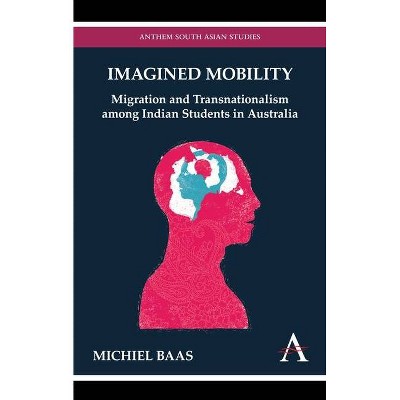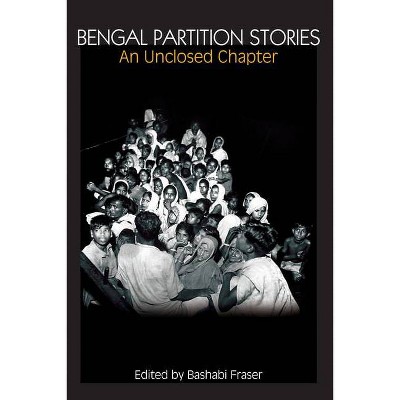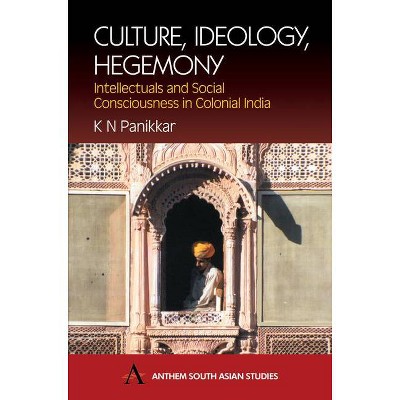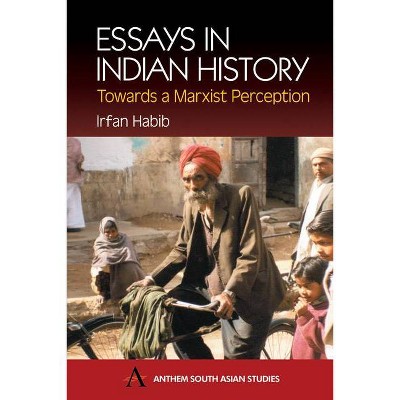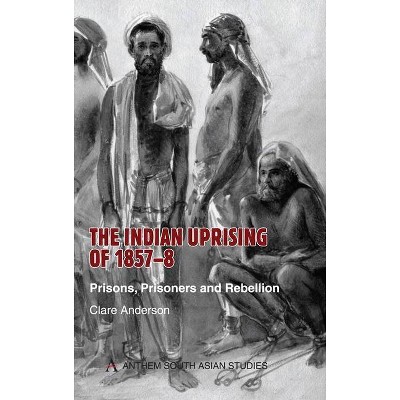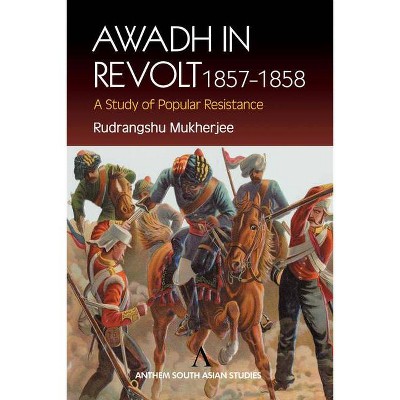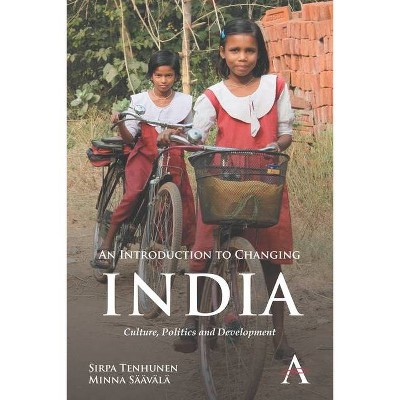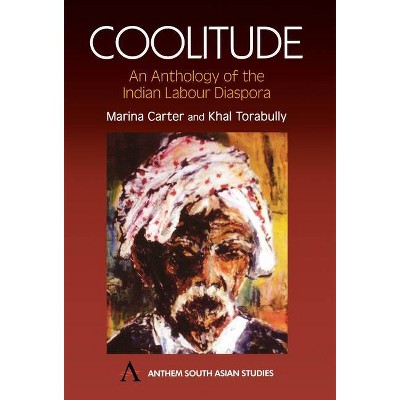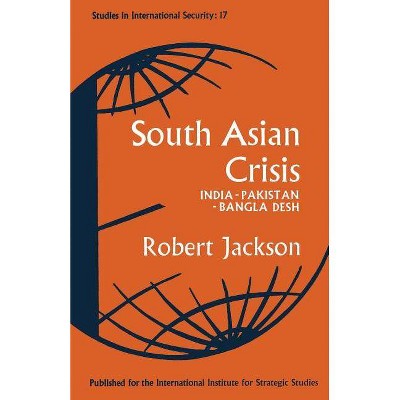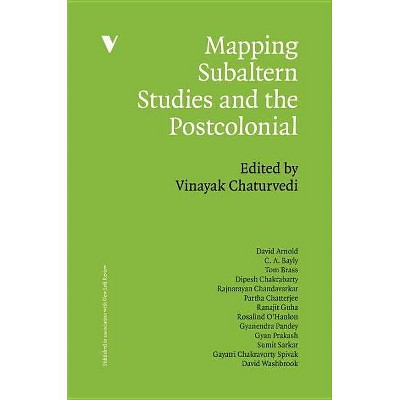Subaltern Sports - (Anthem South Asian Studies) by James H Mills (Paperback)
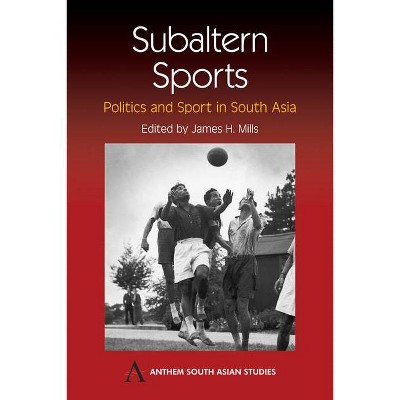
Similar Products
Products of same category from the store
AllProduct info
<p/><br></br><p><b> About the Book </b></p></br></br><p>A unique volume about the relationship between politics and sport in South Asia.</p><p/><br></br><p><b> Book Synopsis </b></p></br></br><p>Sport in South Asia has a long and varied history that is often dramatic, sometimes violent, and which always promises to reveal much about the broader currents that have shaped culture and society. Some 100 years ago, an Indian became the star of England's cricket team, an 'Untouchable' was offered a contract in the English domestic cricket league, and an Indian win in a football match against an English Regiment was celebrated by a crowd of 60,000 as a nationalist victory. Almost a century on, the dead body of an Indian wrestler was paraded at the front of a Hindu crowd in order to incite the attacks on the Muslim neighbourhood that sparked the Aligarh riots in which almost a hundred people were killed, and in 1998, 141,000 fans attended the derby match between Mohun Bagan and East Bengal in Calcutta, one of the largest ever crowds at a football game anywhere in the world. These stories contain elements of colonialism and show the rise of nationalism and the emergence of communalism; other examples show how the establishment of nationhood in a post-colonial world, the challenge of the regions to the political centre and the impacts of globalization and economic liberalization have all left their mark on the development of sport in South Asia. Quite simply, South Asian history and society have transformed sports in the region while at the same time such games and activities have often shaped the development of South Asia. This unique volume is both an introduction to the sporting histories of the region and an exploration of the relationships between sport, history and society in South Asia.</p><p/><br></br><p><b> From the Back Cover </b></p></br></br>Sport in South Asia has a long and varied history that is often dramatic, sometimes violent, and which always promises to reveal much about the broader currents that have shaped culture and society. Some 100 years ago, an Indian became the star of England's cricket team, an 'Untouchable' was offered a contract in the English domestic cricket league, and an Indian win in a football match against an English Regiment was celebrated by a crowd of 60,000 as a nationalist victory. Almost a century on, the dead body of an Indian wrestler was paraded at the front of a Hindu crowd in order to incite the attacks on the Muslim neighbourhood that sparked the Aligarh riots in which almost a hundred people were killed, and in 1998, 141,000 fans attended the derby match between Mohun Bagan and East Bengal in Calcutta, one of the largest ever crowds at a football game anywhere in the world. <BR>These stories contain elements of colonialism and show the rise of nationalism and the emergence of communalism; other examples show how the establishment of nationhood in a post-colonial world, the challenge of the regions to the political centre and the impacts of globalization and economic liberalization have all left their mark on the development of sport in South Asia. Quite simply, South Asian history and society have transformed sports in the region while at the same time such games and activities have often shaped the development of South Asia. <BR>This unique volume is both an introduction to the sporting histories of the region and an exploration of the relationships between sport, history and society in South Asia.<p/><br></br><p><b> Review Quotes </b></p></br></br><br>"This book is part [of] the new 'Anthem South Asian Studies' series, which focuses on issues in academic fields ranging from politics and economics to anthropology, history, sport, art, and culture. Mills (history, Strathclyde Univ., Scotland) brings together a diverse team of contributors, who weave varies subaltern (domination, oppression) themes with colonialism, nationalism, economic development, religion, and politics while tracing the development, transformation, and impact of sport in South Asia. Following Mills's lead and his prior work on historiography of Asian sport, the essayists offer views of power, self, sexuality, culture, and race--among other subjects--by examining South Asian martial arts and gymnastics (jori), and the region's struggles on the sacred playing grounds of cricket, polo, golf, and football (soccer). Presenting an insightful view of a world seldom revealed to Westerners, this book will appeal to those interested in globalization and cultural and sports studies. Summing Up: Recommended. Graduate students, researchers, faculty, professionals."--M. L. Krotee, North Carolina State University in CHOICE<br><p/><br></br><p><b> About the Author </b></p></br></br><p>James H. Mills teaches Indian history at Strathclyde University, Glasgow. He is the author of 'Cannabis Britannica: Empire, Trade and Prohibition 1800-1928' (OUP, 2003) and 'Madness, Cannabis and Colonialism: The 'Native-Only' Lunatic Asylums of British India, 1857-1900' (Palgrave, 2000). He has co-edited 'Confronting the Body: The Politics of Physicality in Colonial and Post-Colonial India' (Anthem Press, 2004).</p>
Price History
Price Archive shows prices from various stores, lets you see history and find the cheapest. There is no actual sale on the website. For all support, inquiry and suggestion messagescommunication@pricearchive.us
